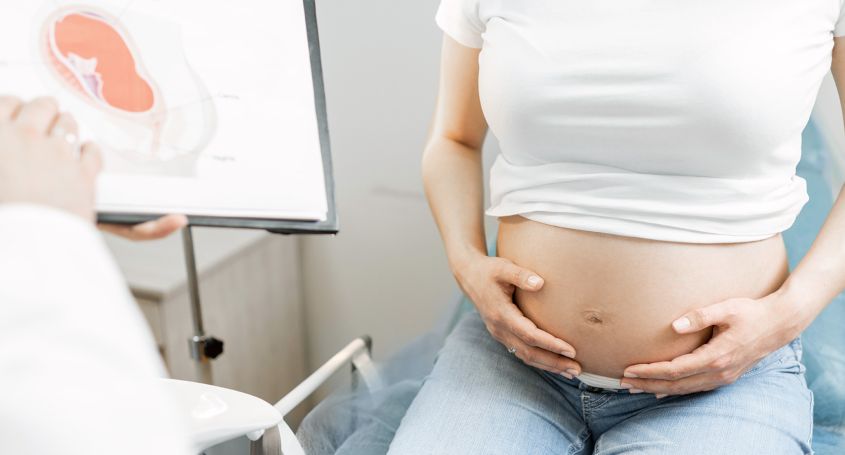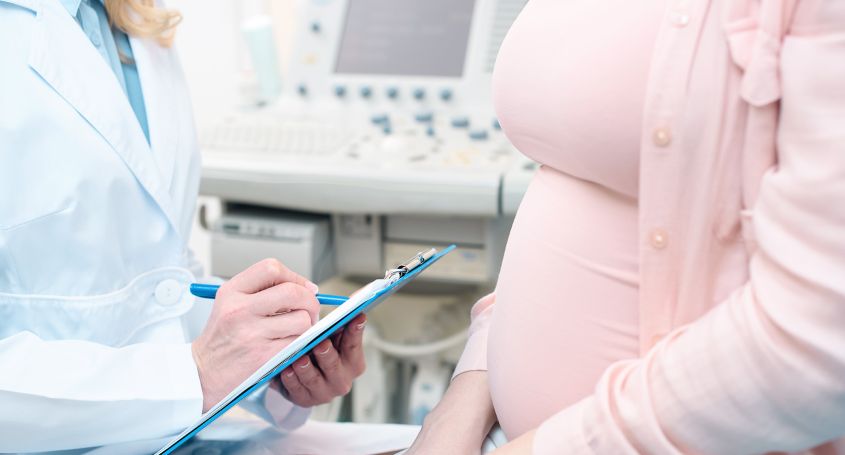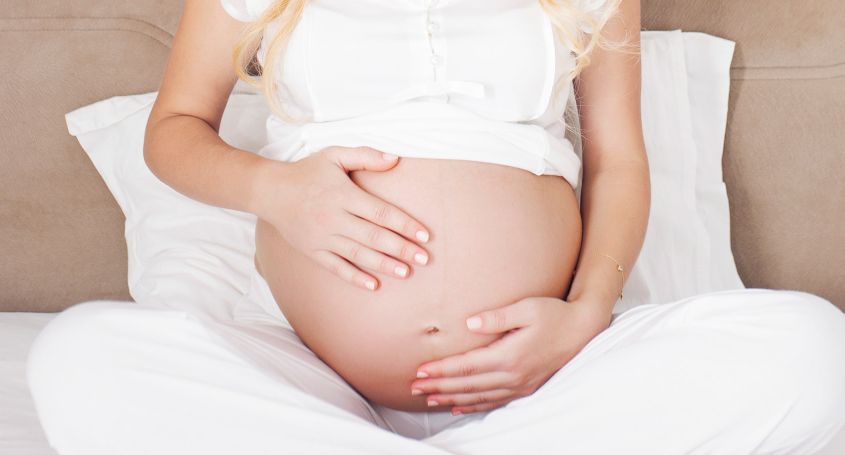Without any doubt, getting the lining ready is one of the things that more frequently give rise to confusion to the recipients. Thickness and pattern are two variables that had been widely discussed in a myriad of articles. And we yet have to agree about which are the best conditions of any of them to achieve the highest pregnancy rates.
Moreover, doctors still discuss which is the right way to get it ready for the transfer. A recent Cochrane’s data review has concluded that there’s not an ideal protocol: estradiol pills or patches, vaginal or intramuscular progesterone, GnRH agonists or not to prevent spontaneous ovulation. All of them showed similar results. As it happens the most of the time, more studies were recommended to reach significant conclusions. However, there was evidence of a lower pregnancy rate and a higher cycle cancellation rate when the progesterone supplementation was commenced prior to oocyte retrieval.
According to these data our current recommendations, focused on keeping things as simple as possible without losing effectiveness, are:
As in regards to the cut-off values to decide whether it’s better to cancel the cycle, they’re even more controversial. Firstly because some aspects like the pattern of the endometrium are quite subjective, and secondly because so far no study has been able to proof which is the minimum or maximum thickness that should predict the outcome of a cycle (bear in mind that in this case the thicker is not always the better). There are studies carried out by important groups that found that even an endometrium as thin as less than 4 mm had what they considered to be normal pregnancy rates. Some of the reasons for such huge differences in the findings can be at the moment when the thickness is measured (for example, once the progesterone has been started the endometrium tends to shrink a bit) or even where the measurements are taken (close to the fundus, medium body, istmus…).
Because of this variability someone may find that other group’s protocols might not be the appropriated ones (especially when you work with patients who came from abroad), leading to confuse the recipients and to a loss of confidence on the staff. In these cases my recommendation would be always the same: no-one wants to be more successful than the staff that treats you, so be confident on whoever you’ve decided is going to be your doctor. At least as long as that group publishes good results!
That said and based on the data we’ve gathered, we would consider that the lining is ready for the transfer if on day 8 of the cycle the endometrium is, at least, 6 mm thick. And we don’t check the pattern.















